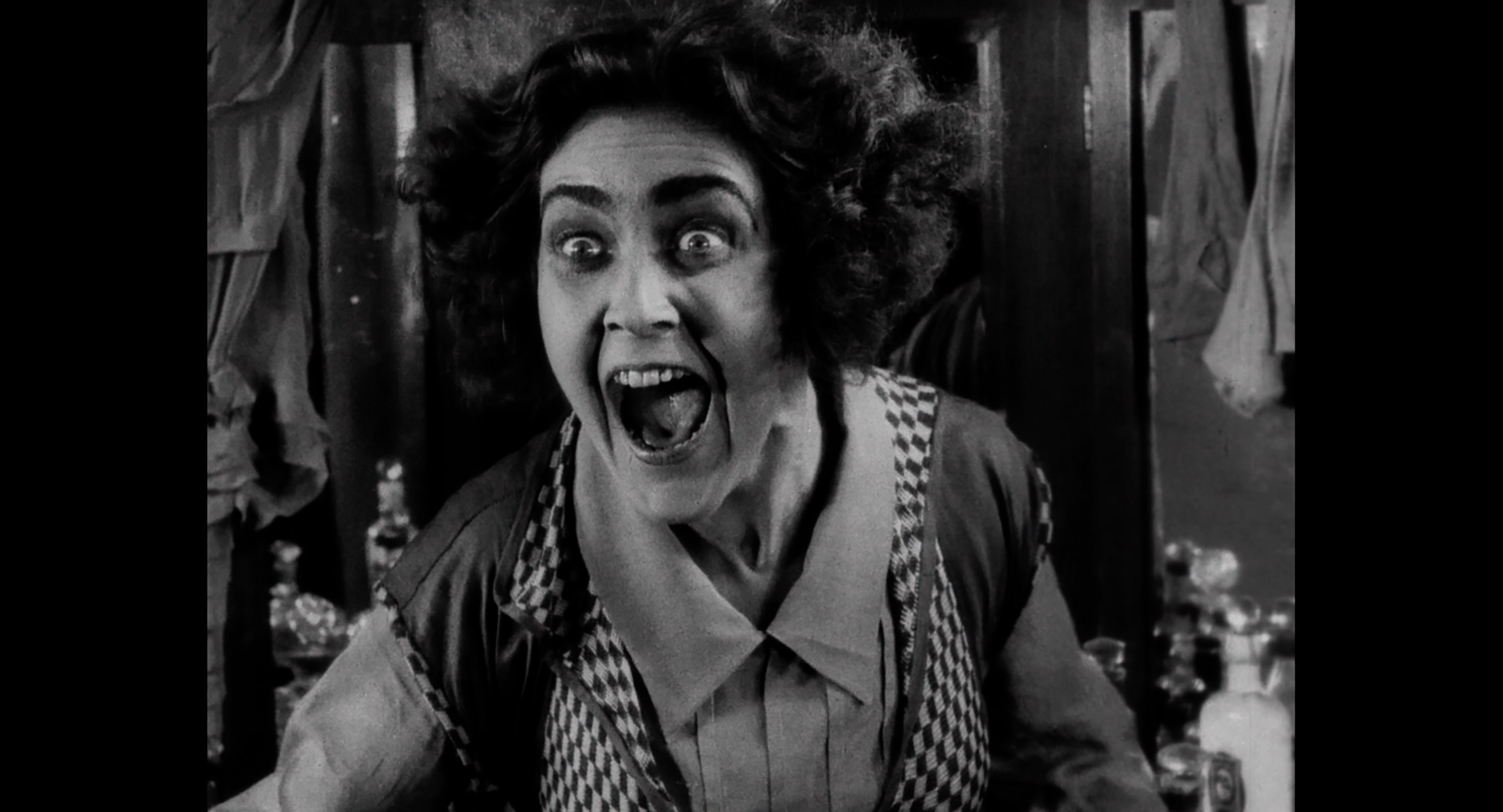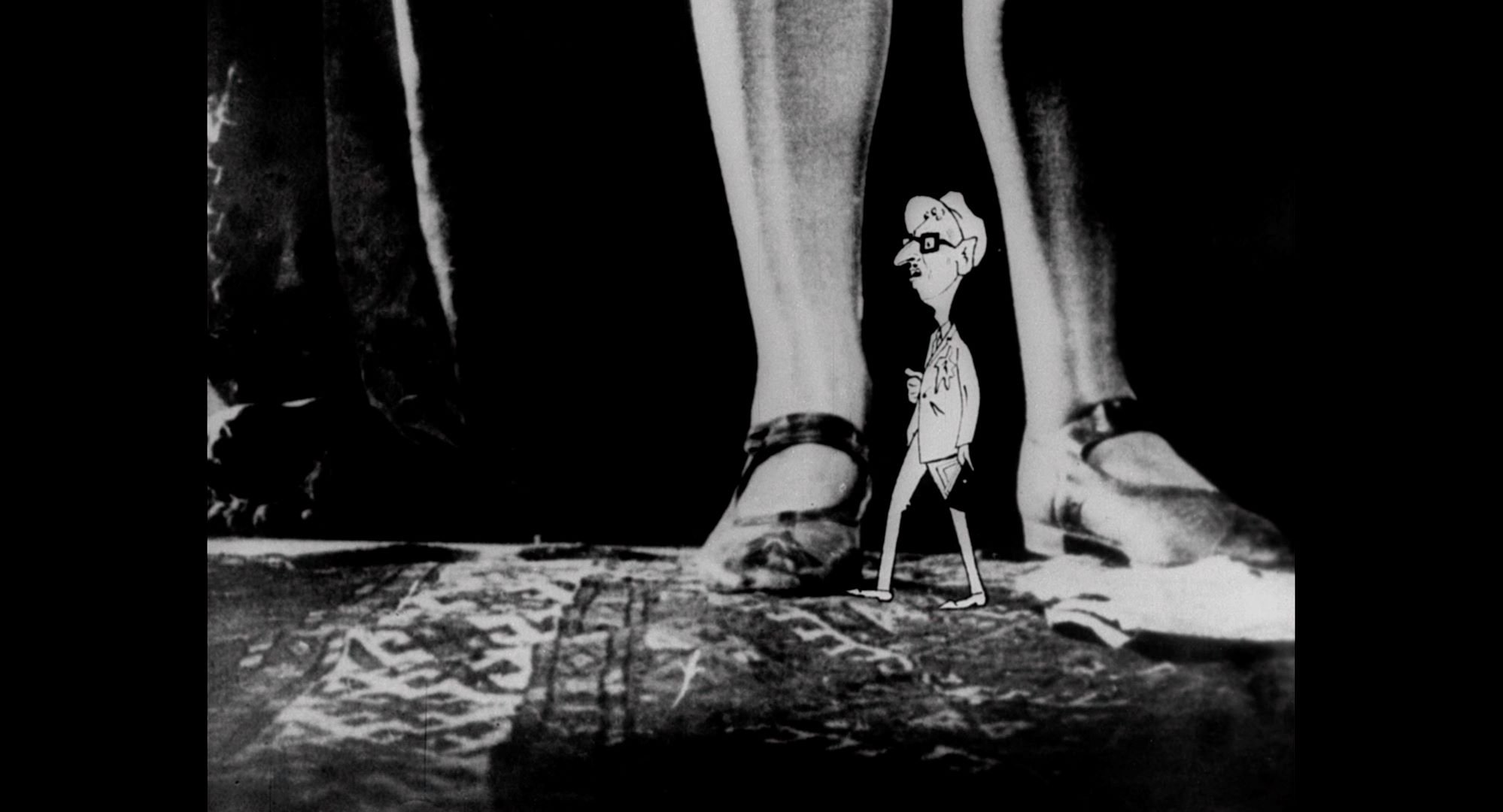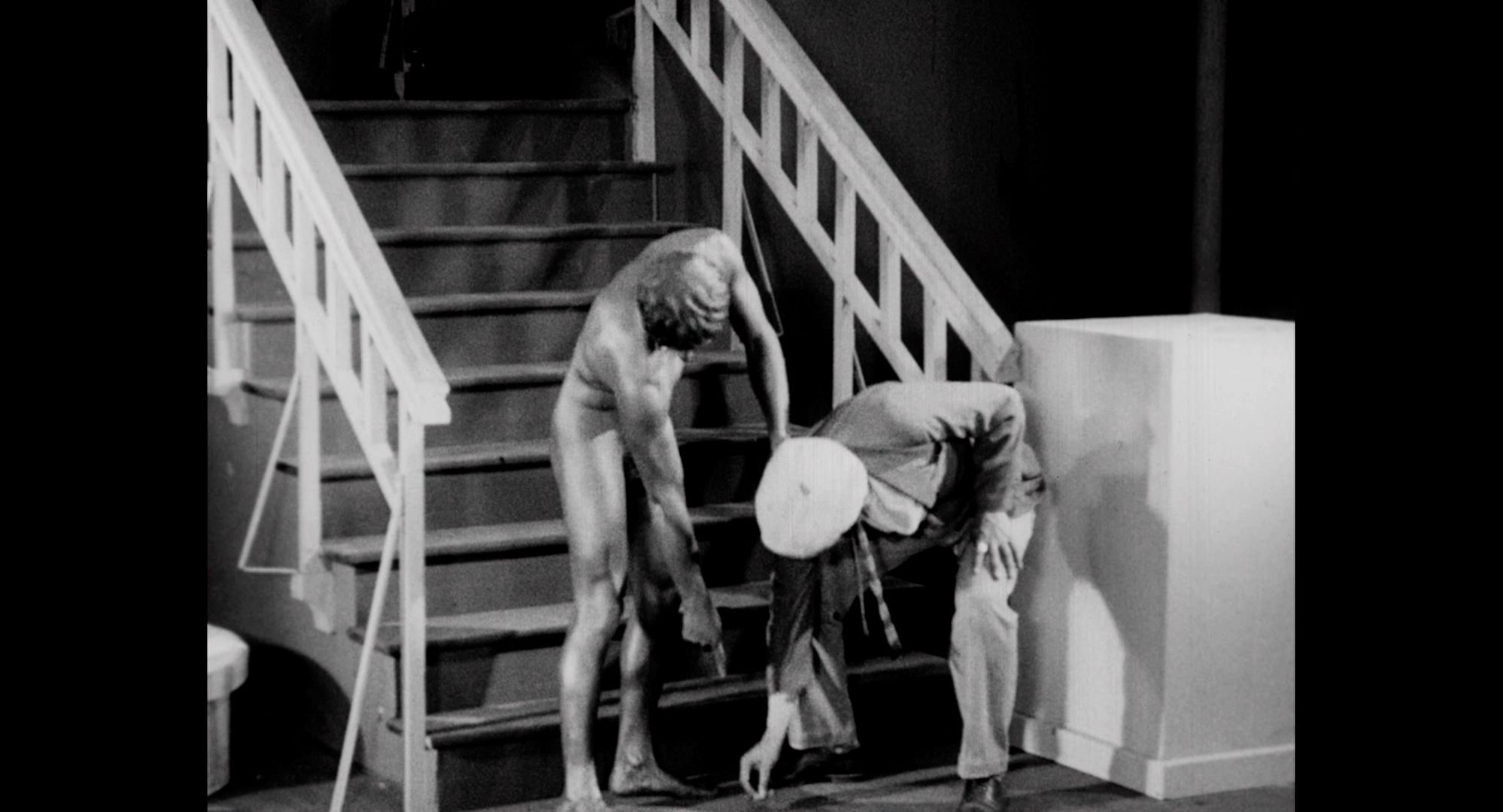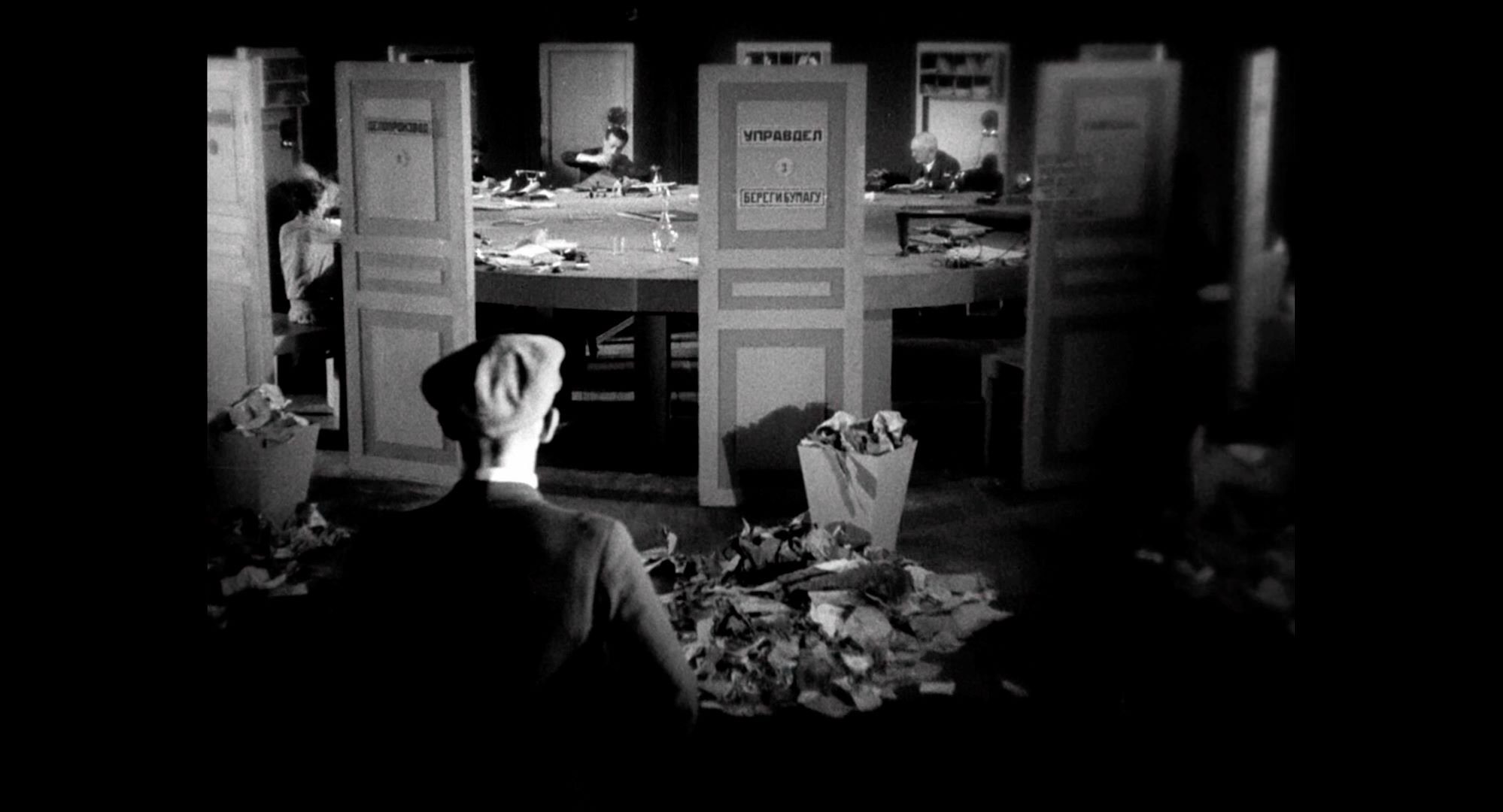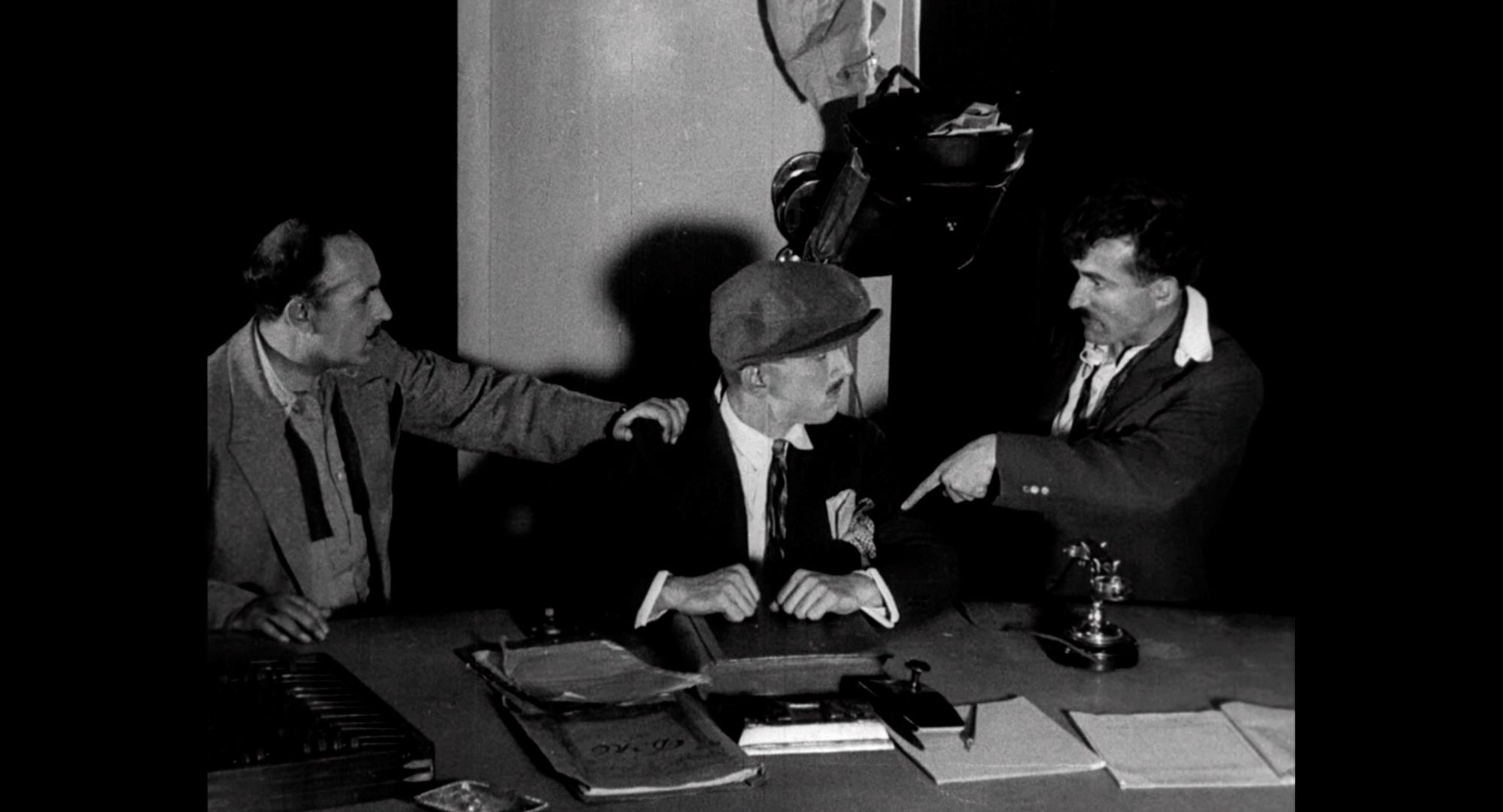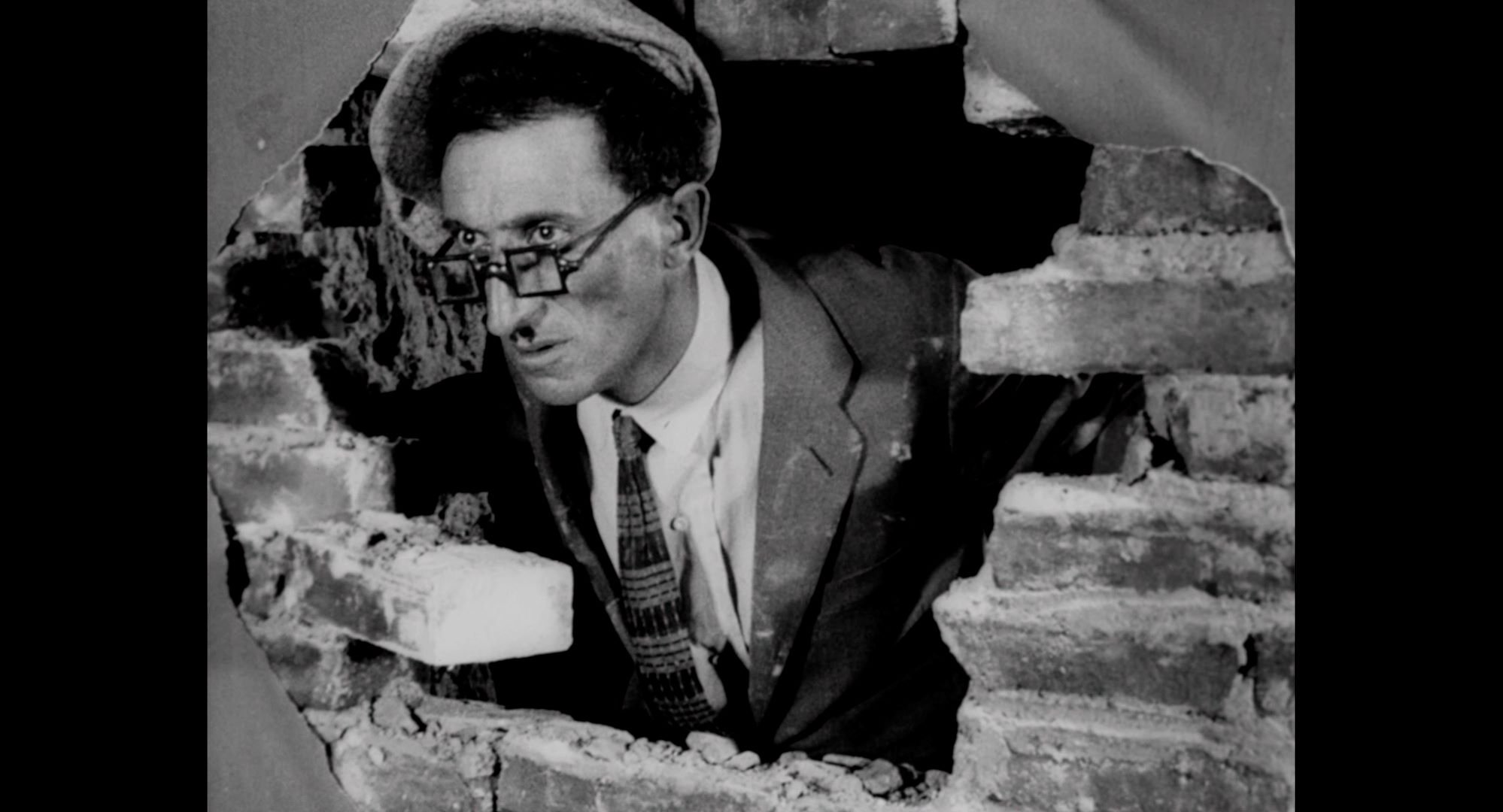My Grandmother
(Chemi Bebia)
Georgia (then part of the USSR) 1929, 80'
Director: Kote Mikaberidze
Screenplay: Giorgi Mdivani, Kote Mikaberidze, based on the libretto by Sika Dolidze
Cast: Aleksandre Takaishvili, Bella Chernova, Evgeniy Ovanow, Akaki Khorava
DCP
Source: Georgian National Film Center
Translation: ENG / PL / Introduction in the Polish Sign Language
An office clerk discovers that he has lost his job and, desperate to regain his position while also keeping the devastating news from his wife, takes immediate action. Yet, his endeavours result in a sequence of bizarre adventures. Realizing that the easiest way to get his job back is to secure an influential patron, the former clerk does everything he can to find one. As the story unfolds, the film employs humor, exaggerated flaws, and nonsensical scenarios to highlight the absurdity of the protagonist's situation.
In My Grandmother, his debut as a feature film director, Kote Mikaberidze offers a striking portrayal of a Soviet institution plagued by dysfunctional bureaucracy and protectionism. The film is an outspoken critique of the staff's complacency and lack of motivation, leading to considerable waste of time for themselves and the citizens seeking assistance. By showcasing the structure of a typical bureau from the 1920s, Mikaberidze confronts the broader issues regarding the functionality of the newly established Soviet life, emphasizing its shortcomings and the consequences for ordinary people.
Inspired by the avant-garde cinematic language of the 1920s, this satirical comedy stands out for its creativity and originality in visual storytelling, dramaturgical depth, and clever mise-en-scène. In each episode, Mikaberidze creates visually captivating sequences that are carefully rooted in meaning. His artistic talents greatly enhance the outstanding set designs crafted by Irakli Gamrekeli. While the set design primarily serves to advance the narrative and develop characters, it also allows for a fascinating interplay in which characters and sets interchange their roles as needed. Through imagery shaped by unique angular perspectives and enriched with puppetry and drawn animation, the characters occasionally merge into the set decorations, which in turn transform into living characters.
Shot in 1929, My Grandmother was banned from screening due to its perceived anti-Soviet themes and failure to adhere to Bolshevik ideology. Another reason for the ban was the formalistic nature of the film. The combination of inventiveness, innovation, and bold artistic expression, along with criticism of the Soviet system, made it a target of intensified censorship in the late 1920s. Like many other films of the era, My Grandmother fell victim to the officially declared campaign against novelty, critical self-reflection, and creative freedom.
By Nino Dzandzava
The screening will be preceded by a lecture by Nino Dzandzawa and the Siostry Archeo, as well as a series of short films. It will be accompanied by the music of the Mustelide band.
facebook.com/soundsofsilentswarsaw
instagram.com/sounds_of_silents
live music: Mustelide


